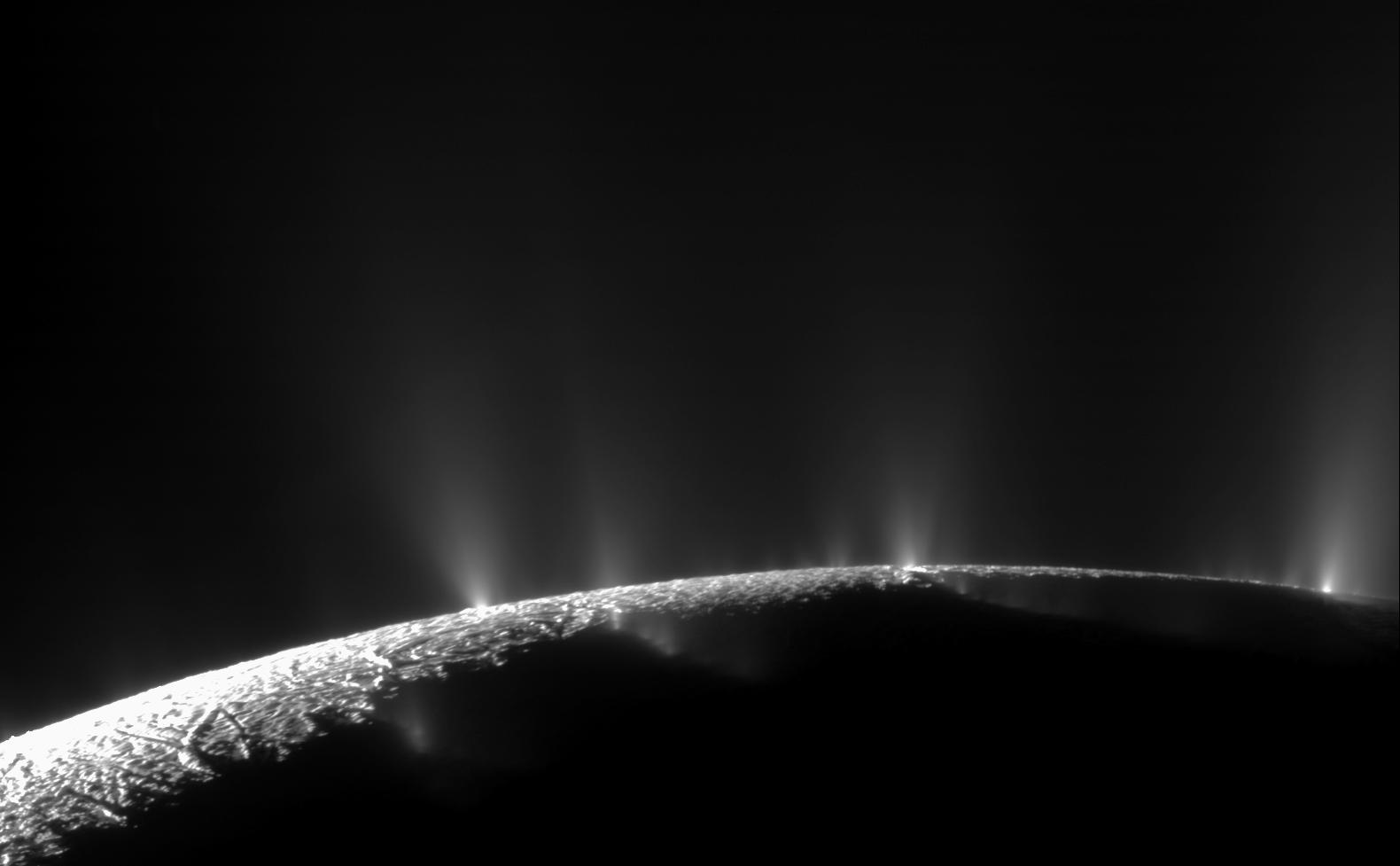5 min read
Cassini is orbiting Saturn with a period of 15.9 days and inclined 46.3 degrees from the equatorial plane. The most recent spacecraft tracking and telemetry data were collected on Nov. 28 by the Deep Space Network's 70 meter Station 14 at Goldstone, California. Except for the Cassini Plasma Spectrometer, which is off, and the failed Ultrastable Oscillator, the spacecraft continues to be in an excellent state of health with all its subsystems operating normally. Information on the present position of the Cassini spacecraft may be found on the "Present Position" page at: http://saturn.jpl.nasa.gov/mission/presentposition/.
Cassini executed two Orbit Trim Maneuvers (OTMs) this week in preparation for the next close Titan flyby, T-88, on Nov. 29. The T-88 page provides details of the flyby here: http://saturn.jpl.nasa.gov/mission/flybys/titan20121129/
Cassini's flybys in general are described on this page: http://saturn.jpl.nasa.gov/mission/flybys/.
Wednesday, Nov. 21 (DOY 326)
Today and again on Saturday, the Imaging Science Subsystem (ISS) tracked features on Saturn to characterize the winds, making mosaics in longitude as the Ultraviolet Imaging Spectrograph (UVIS) and the Visible and Infrared Mapping Spectrometer (VIMS) rode along (made use of spacecraft pointing). The Composite Infrared Spectrometer (CIRS) measured oxygen compounds (H2O and CO2) in the stratosphere as a function of latitude with UVIS riding along. This observation was repeated on Thursday, when VIMS also rode along. An instrument is said to "ride along" when it does not drive the spacecraft's orientation, but rather just takes advantage of the pointing determined by another instrument, and has been allocated space on the Solid-State Recorder for its observational data.
OTM-336, targeting to the Titan T-88 encounter on Nov. 29, was performed near apoapsis today using the bi-propellant main engine. The 28.4 second burn provided a delta-V of about five meters per second.
Thursday, Nov. 22 (DOY 327)
The Attitude and Articulation Control Subsystem team executed a Reaction Wheel Assembly bias maneuver to adjust wheel speeds, while thrusters stabilized the spacecraft and the Deep Space Network (DSN) was tracking. Another one was done on Saturday, but it was not tracked by the DSN in real time; the Navigation team relied on telemetry, rather than Doppler data, to model the thrusters' effects on the trajectory.
ISS led a joint Optical Remote Sensing (ORS) effort to monitor Titan's clouds today and again on Friday. The ORS instruments are ISS, VIMS, UVIS, and CIRS, all of which have the same bore sight, i.e., along the spacecraft's minus-Y axis.
Friday, Nov. 23 (DOY 328)
UVIS performed extreme- and far-ultraviolet imaging of Saturn with a slow scan across the visible hemisphere to form spectral images. ISS rode along.
Saturday, Nov. 24 (DOY 329)
CIRS led a Saturn auroral campaign observation, which the CIRS team had jointly designed with VIMS and ISS. UVIS rode along as well. VIMS then executed a Saturn south polar mosaic while the other ORS instruments rode along.
Sunday, Nov. 25 (DOY 330)
CIRS recorded a regional map of Saturn's south polar region to measure temperatures in the southern vortex as part of the auroral campaign.
OTM-337, the T-88 approach maneuver, was performed today using the hydrazine-fed Reaction Control Subsystem thrusters. The 15 second burn provided a delta-V of about 20 millimeters per second to fine-tune the spacecraft's trajectory.
Monday, Nov. 26 (DOY 331)
VIMS made regional maps of Saturn's mid-northern latitudes. UVIS then observed an ingress solar occultation of Saturn, with VIMS riding along. While the Sun was occulted, ISS and VIMS were looking at Saturn's night-side limb. VIMS then turned its attention back to the mid-northern latitudes for more regional mapping.
An article posted on "Insider's Cassini" describes the recently completed two-year effort in which the Cassini Navigation Team evaluated and transitioned to a new ground-based software system that handles orbit determination and maneuver design. The navigation team's workload essentially doubled while simultaneously executing an aggressive operational flight profile in the Saturnian system. The article appears here: https://solarsystem.nasa.gov/news/11191/.
Early computer game players will recognize the high-energy-electron-induced Pacman-shaped thermal patterns on two of Saturn's icy moons, which are featured here: http://saturn.jpl.nasa.gov/news/cassinifeatures/feature20121126/
Tethys is dwarfed by Saturn in an image featured today. This beautiful image also displays the differing transparency across the main rings A, B, and C, in order going inward. It may be viewed here: /resources/15671
Tuesday, Nov. 27 (DOY 332)
Having passed just outside the E ring, Cassini plunged through periapsis today going 44,289 kilometers per hour relative to the planet.
ISS tracked a possible Saturn north polar vortex while the other ORS instruments rode along. VIMS then took more north polar mapping mosaics with ISS and CIRS as riders.
A Command Approval Meeting was held to approve the first ten files of commands for next month's Attitude and Articulation Control Subsystem A8.9.0 flight software installation. Uplink of this new software is scheduled to begin on Dec. 3.
The flight team participated in meetings this week to refine steps that will ensure that Priority Playback Lists (PPL) are accurately commanded; a PPL problem had caused loss of some science instrument telemetry following the T-87 flyby on Nov. 13.







